Home>Kitchen & Cooking>Kitchen Gadgets & Utensils>How To Polish Silver-Plated Flatware
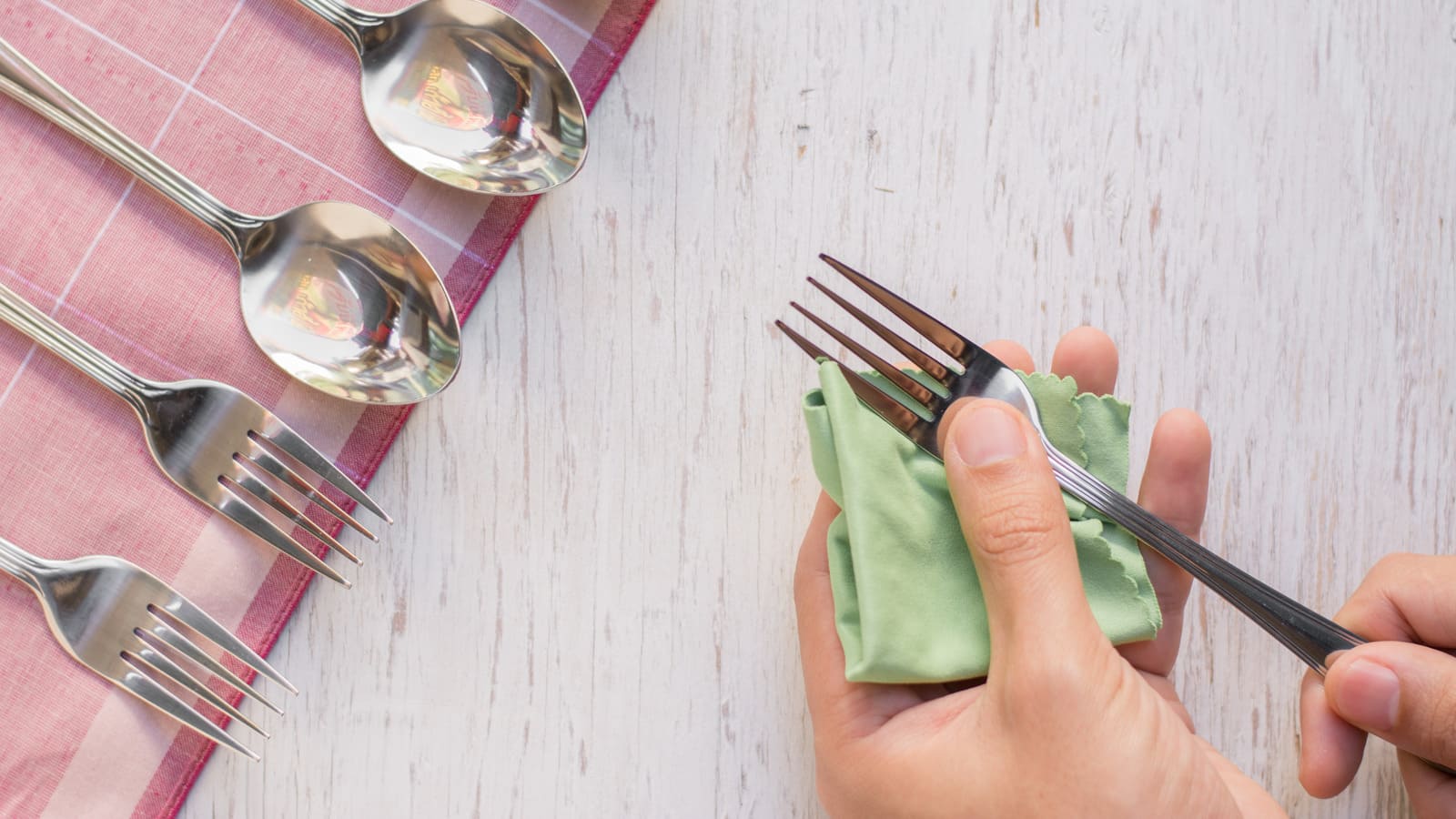

Kitchen Gadgets & Utensils
How To Polish Silver-Plated Flatware
Modified: March 19, 2024
Learn how to polish silver-plated flatware and keep your kitchen gadgets and utensils looking shiny and new. Discover the best techniques and products for maintaining your silverware.
(Many of the links in this article redirect to a specific reviewed product. Your purchase of these products through affiliate links helps to generate commission for Storables.com, at no extra cost. Learn more)
Introduction
Polishing silver-plated flatware is a rewarding and essential task for maintaining the lustrous appearance of your cherished utensils. Over time, silver-plated flatware can lose its shine due to tarnishing, which occurs when the silver layer reacts with sulfur compounds in the air, forming a dark patina. However, with the right techniques and materials, you can restore the brilliance of your flatware, bringing back its elegant charm and ensuring its longevity.
Whether you have inherited a set of silver-plated flatware or acquired it as a cherished possession, regular polishing not only enhances its aesthetic appeal but also safeguards its value. By following the proper steps and using the appropriate silver polish, you can effectively remove tarnish and maintain the exquisite beauty of your flatware for years to come.
In this comprehensive guide, we will walk you through the step-by-step process of polishing silver-plated flatware, providing valuable insights and practical tips to help you achieve remarkable results. From gathering the necessary materials to the final rinse and dry, each stage is crucial in revitalizing your flatware and preserving its allure.
By mastering the art of polishing silver-plated flatware, you can elevate the dining experience for yourself and your guests, infusing each meal with a touch of elegance and sophistication. So, let's embark on this journey to restore the radiance of your silver-plated flatware, ensuring that it continues to exude timeless beauty and charm.
Key Takeaways:
- Revive the beauty of silver-plated flatware by gathering materials, preparing the utensils, applying silver polish, and polishing with care. Enjoy the timeless elegance and elevate the dining experience with restored luster.
- Preserve the allure of silver-plated flatware by rinsing, drying, and storing it with precision. Embrace the tradition of elegance and craftsmanship, ensuring cherished utensils enchant for generations.
Read more: What Is Silver-Plated Flatware
Step 1: Gather Your Materials
Before embarking on the process of polishing your silver-plated flatware, it's essential to gather the necessary materials to ensure a successful and efficient restoration. Here's a comprehensive list of items you'll need:
-
Silver Polish: Select a high-quality silver polish specifically formulated for silver-plated items. Look for a trusted brand that is renowned for its effectiveness in removing tarnish and restoring shine without causing damage to the delicate silver layer.
-
Soft Cloths: Prepare a few soft, lint-free cloths or microfiber towels to apply the silver polish and buff the flatware. Avoid using abrasive materials that could scratch or mar the surface of the flatware.
-
Cotton Swabs: These are useful for reaching intricate details and crevices in the flatware's design, ensuring that every part receives thorough treatment.
-
Gloves: Consider wearing cotton or latex gloves to protect your hands from the chemicals in the silver polish and to prevent fingerprints from marring the polished surface.
-
Warm Water and Mild Dish Soap: Prior to polishing, you'll need to wash the flatware with warm water and a gentle dish soap to remove any food residue, dirt, or oils that may have accumulated.
-
Soft Bristle Brush: A soft-bristled brush, such as a clean toothbrush, can be handy for gently scrubbing hard-to-reach areas and intricate patterns on the flatware.
-
Polishing Mitt or Pad (Optional): If you prefer, you can use a specialized polishing mitt or pad designed for silver items to apply the polish and buff the flatware to a brilliant shine.
-
Protective Surface: Lay down a soft cloth or a protective surface on your work area to prevent any accidental scratches or damage to the flatware during the polishing process.
By ensuring that you have all these materials at hand, you'll be well-equipped to proceed with the subsequent steps of preparing, polishing, and restoring the luster of your silver-plated flatware. With the right tools and a meticulous approach, you can effectively revitalize your flatware, bringing back its captivating gleam and ensuring its enduring beauty for years to come.
Step 2: Prepare the Flatware
Before diving into the actual polishing process, it's crucial to prepare the silver-plated flatware to ensure optimal results. Proper preparation not only facilitates the removal of tarnish but also minimizes the risk of inadvertently causing damage to the delicate surface of the flatware. Here's a detailed guide on how to prepare your flatware for the polishing process:
1. Wash the Flatware
Begin by washing the silver-plated flatware with warm water and a mild dish soap. This step is essential for removing any food residue, oils, or dirt that may have accumulated on the surface. Gently scrub the flatware with a soft-bristled brush, ensuring that all areas, including intricate patterns and crevices, are thoroughly cleaned. Rinse the flatware under running water and carefully dry it with a soft cloth to prevent water spots.
2. Inspect for Damage
After washing and drying the flatware, take a moment to inspect it for any signs of damage, such as scratches, dents, or areas where the silver plating may be wearing thin. Identifying any existing damage is crucial, as vigorous polishing could exacerbate these issues. If you notice any significant damage, consider seeking professional restoration services to address these concerns before proceeding with the polishing process.
Read more: What Is Silver-Plated Flatware Worth
3. Protect Surrounding Areas
To prevent accidental damage to nearby surfaces or objects, it's advisable to lay down a soft cloth or protective material on your work area. This precautionary measure ensures that the flatware is placed on a soft, non-abrasive surface during the polishing process, minimizing the risk of scratches or other damage.
4. Wear Gloves
Consider wearing cotton or latex gloves to protect the flatware from fingerprints and to shield your hands from the chemicals in the silver polish. Gloves also help maintain a clean surface on the flatware, reducing the need for additional cleaning during the polishing process.
5. Ensure Adequate Ventilation
If you are working in an enclosed space, ensure that there is adequate ventilation to disperse any fumes from the silver polish. This precaution is especially important when using products that contain strong chemicals, as proper ventilation helps minimize exposure and ensures a safe working environment.
By meticulously preparing the flatware, you set the stage for a successful polishing process, laying the foundation for achieving remarkable results. With the flatware properly cleaned, inspected, and safeguarded, you can proceed to the next step with confidence, knowing that you have taken the necessary precautions to preserve the integrity and beauty of your silver-plated utensils.
Step 3: Apply the Silver Polish
With the silver-plated flatware meticulously prepared, the next crucial step in the restoration process is the application of the silver polish. This pivotal stage involves the careful and strategic use of the chosen silver polish to effectively remove tarnish and revive the lustrous shine of the flatware. Here's a comprehensive guide on how to apply the silver polish to your silver-plated flatware:
-
Shake the Silver Polish: Before applying the silver polish, thoroughly shake the bottle to ensure that the polish is well-mixed. This step is essential for activating the polishing agents and ensuring consistent effectiveness throughout the application process.
-
Apply a Small Amount of Polish: Using a soft cloth or applicator pad, apply a small amount of silver polish to a small section of the flatware. It's advisable to start with a discreet area or a test spot to gauge the reaction of the polish with the silver plating. This approach allows you to assess the effectiveness of the polish and ensure that it does not cause any adverse reactions.
-
Gently Rub the Polish: With the silver polish applied to the flatware, gently rub the surface in circular motions using the soft cloth or applicator pad. Exercise caution and avoid applying excessive pressure, as vigorous rubbing could potentially damage the delicate silver plating. Focus on the tarnished areas, ensuring thorough coverage and consistent application of the polish.
-
Address Stubborn Tarnish: For areas with stubborn tarnish or intricate details that require extra attention, use a cotton swab dipped in silver polish to carefully target and treat those specific areas. The precision offered by the cotton swab allows for meticulous treatment of hard-to-reach spots and intricate patterns, ensuring comprehensive tarnish removal.
-
Work in Sections: To manage the polishing process effectively, work on the flatware in small sections, ensuring that each area receives adequate attention and treatment. This systematic approach allows for focused and thorough polishing, ensuring that no tarnished spots are overlooked during the restoration process.
-
Monitor the Progress: As you apply the silver polish, periodically assess the progress to gauge the effectiveness of the treatment. Look for signs of tarnish removal and the gradual restoration of the flatware's luster. This ongoing assessment allows you to adjust your technique and the amount of polish used to achieve optimal results.
By following these detailed steps and exercising precision and care during the application of the silver polish, you can effectively treat the tarnished areas and begin the transformative process of restoring the radiant beauty of your silver-plated flatware. With the tarnish effectively targeted and treated, the flatware is poised for the next crucial stage: the actual polishing process to unveil its captivating brilliance.
Read more: How To Store Silver Flatware
Step 4: Polish the Flatware
After effectively treating the tarnished areas with silver polish, the next pivotal step in the restoration process is the actual polishing of the flatware. This transformative stage involves the meticulous buffing and shining of the treated flatware, unveiling its radiant luster and bringing forth its timeless elegance. Here's a comprehensive guide on how to polish your silver-plated flatware to achieve remarkable results:
-
Buffing with a Soft Cloth: Using a clean, soft cloth, begin buffing the treated areas of the flatware in gentle, circular motions. The soft cloth aids in removing the residual silver polish and tarnish, gradually revealing the underlying brilliance of the silver plating. Exercise patience and maintain a consistent buffing motion to ensure thorough coverage and an even shine.
-
Utilize a Polishing Mitt or Pad (Optional): If preferred, you can use a specialized polishing mitt or pad designed for silver items to further enhance the buffing process. These specialized tools offer added convenience and can expedite the polishing stage, resulting in a gleaming finish that exudes sophistication and allure.
-
Focus on Detailing and Intricate Patterns: Pay special attention to intricate details and patterns on the flatware, ensuring that these areas receive meticulous buffing to reveal their exquisite craftsmanship. The delicate intricacies of the flatware's design contribute to its overall charm, and by focusing on these details, you can accentuate the timeless beauty of the utensils.
-
Maintain a Consistent Motion: Throughout the polishing process, maintain a consistent buffing motion to achieve a uniform shine across the entire surface of the flatware. Avoid abrupt changes in direction or pressure, as these could result in uneven polishing and compromise the overall aesthetic appeal of the utensils.
-
Assess the Shine: Periodically assess the shine and luster of the flatware as you proceed with the polishing. Look for signs of a radiant, mirror-like finish emerging from the treated areas, indicating the successful removal of tarnish and the restoration of the flatware's captivating allure.
-
Repeat as Needed: For areas that require additional attention or where tarnish persists, consider reapplying silver polish and repeating the buffing process. By addressing stubborn tarnish with precision and patience, you can ensure that every part of the flatware reflects its inherent elegance and splendor.
By meticulously following these steps and infusing the polishing process with care and attention to detail, you can elevate the radiance of your silver-plated flatware, unveiling its timeless beauty and ensuring that it continues to captivate and enchant for generations to come.
Step 5: Rinse and Dry
After the meticulous polishing process, the final step in restoring the radiance of your silver-plated flatware involves rinsing and drying the utensils to ensure a pristine finish. This crucial stage not only removes any residual silver polish but also safeguards the lustrous shine of the flatware, preparing it for future use and display.
1. Rinse Thoroughly
Begin by rinsing the polished flatware under lukewarm running water, ensuring that all traces of the silver polish are effectively washed away. Pay particular attention to intricate patterns and crevices, ensuring that no residual polish remains trapped in these delicate areas. Thorough rinsing is essential to prevent any chemical residue from affecting the flatware's appearance or potentially causing damage over time.
2. Inspect for Residual Tarnish
As you rinse the flatware, take the opportunity to inspect the utensils for any residual tarnish that may still be present. Carefully examine the treated areas under good lighting to ensure that the tarnish has been effectively removed during the polishing process. If you notice lingering tarnish, consider reapplying the silver polish and repeating the buffing process to address these remaining spots.
Read more: How To Tell If Flatware Is Silver
3. Dry with a Soft Cloth
Once the flatware has been thoroughly rinsed, carefully dry each piece with a soft, lint-free cloth to prevent water spots and ensure a flawless finish. Gently pat the flatware dry, taking care to avoid any abrasive rubbing that could potentially mar the polished surface. The use of a soft cloth aids in achieving a pristine, gleaming finish, enhancing the overall allure of the silver-plated utensils.
4. Buff to Enhance Shine (Optional)
For an added touch of brilliance, consider lightly buffing the dried flatware with a clean, dry cloth to further enhance its shine. This optional step can elevate the luster of the flatware, resulting in a mirror-like finish that exudes sophistication and timeless elegance. Exercise caution and maintain a gentle buffing motion to preserve the integrity of the polished surface.
5. Store or Display with Care
Once the flatware is thoroughly rinsed and dried, store or display it with care to prevent tarnishing and maintain its pristine appearance. Consider using soft, protective storage pouches or a lined flatware chest to shield the utensils from exposure to air and moisture, minimizing the risk of tarnish formation between uses.
By meticulously following these steps and infusing the rinsing and drying process with precision and care, you can ensure that your silver-plated flatware retains its captivating luster and timeless charm, ready to grace your table with elegance and sophistication.
Conclusion
In conclusion, the process of polishing silver-plated flatware is a labor of love that yields remarkable results, breathing new life into cherished utensils and preserving their timeless elegance. By following the comprehensive steps outlined in this guide, you have embarked on a journey to restore the radiance of your silver-plated flatware, ensuring that it continues to captivate and enchant for generations to come.
From gathering the essential materials to meticulously preparing the flatware, applying the silver polish, and executing the polishing process with precision, each step has been instrumental in revitalizing the lustrous beauty of your utensils. The careful attention to detail and the infusion of care and patience throughout the restoration process have been pivotal in achieving remarkable results.
As you rinse and dry the polished flatware, the final touch of elegance is imparted, ensuring that the utensils are ready to grace your table with sophistication and allure. The meticulous care and precision applied during each stage of the process have not only revived the brilliance of the flatware but also safeguarded its enduring charm for the future.
By mastering the art of polishing silver-plated flatware, you have embraced a tradition of preserving and honoring the exquisite craftsmanship of these cherished utensils. Whether used for everyday dining or special occasions, the restored luster of the flatware elevates the dining experience, infusing each meal with a touch of refinement and grace.
As you store or display the polished flatware with care, you are safeguarding its pristine appearance and ensuring that it continues to be a cherished heirloom for years to come. The timeless beauty of silver-plated flatware transcends generations, serving as a testament to enduring craftsmanship and the art of preserving elegance in everyday life.
In essence, the process of polishing silver-plated flatware is a celebration of tradition, craftsmanship, and the enduring allure of cherished possessions. By embracing this art form, you have not only revitalized your utensils but also enriched the dining experience with a touch of timeless elegance and sophistication. As you admire the gleaming radiance of your polished flatware, you are witnessing the transformative power of care and attention, ensuring that these cherished utensils continue to enchant and inspire for years to come.
Frequently Asked Questions about How To Polish Silver-Plated Flatware
Was this page helpful?
At Storables.com, we guarantee accurate and reliable information. Our content, validated by Expert Board Contributors, is crafted following stringent Editorial Policies. We're committed to providing you with well-researched, expert-backed insights for all your informational needs.
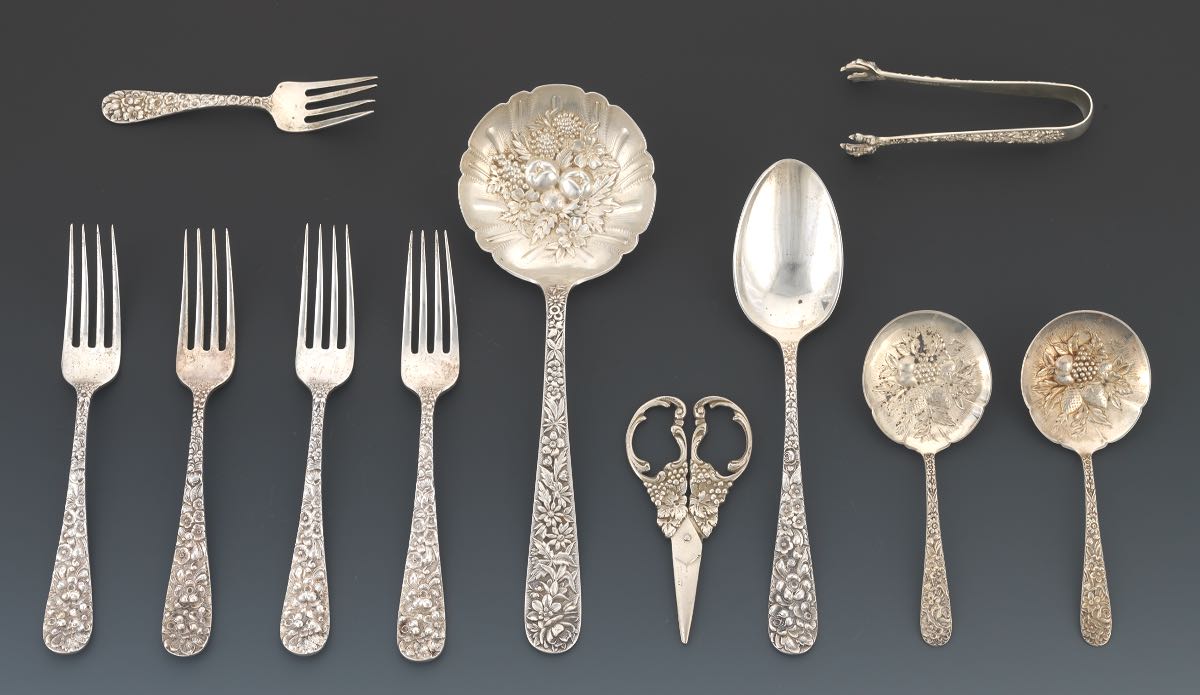
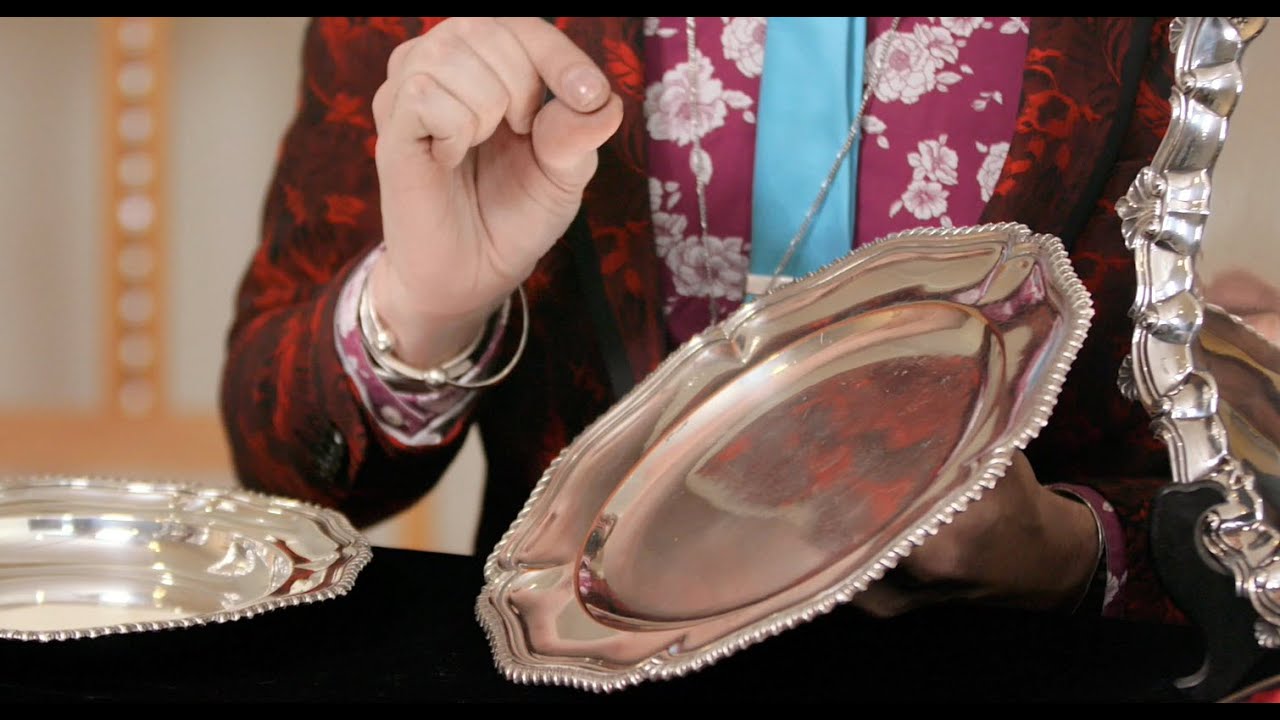
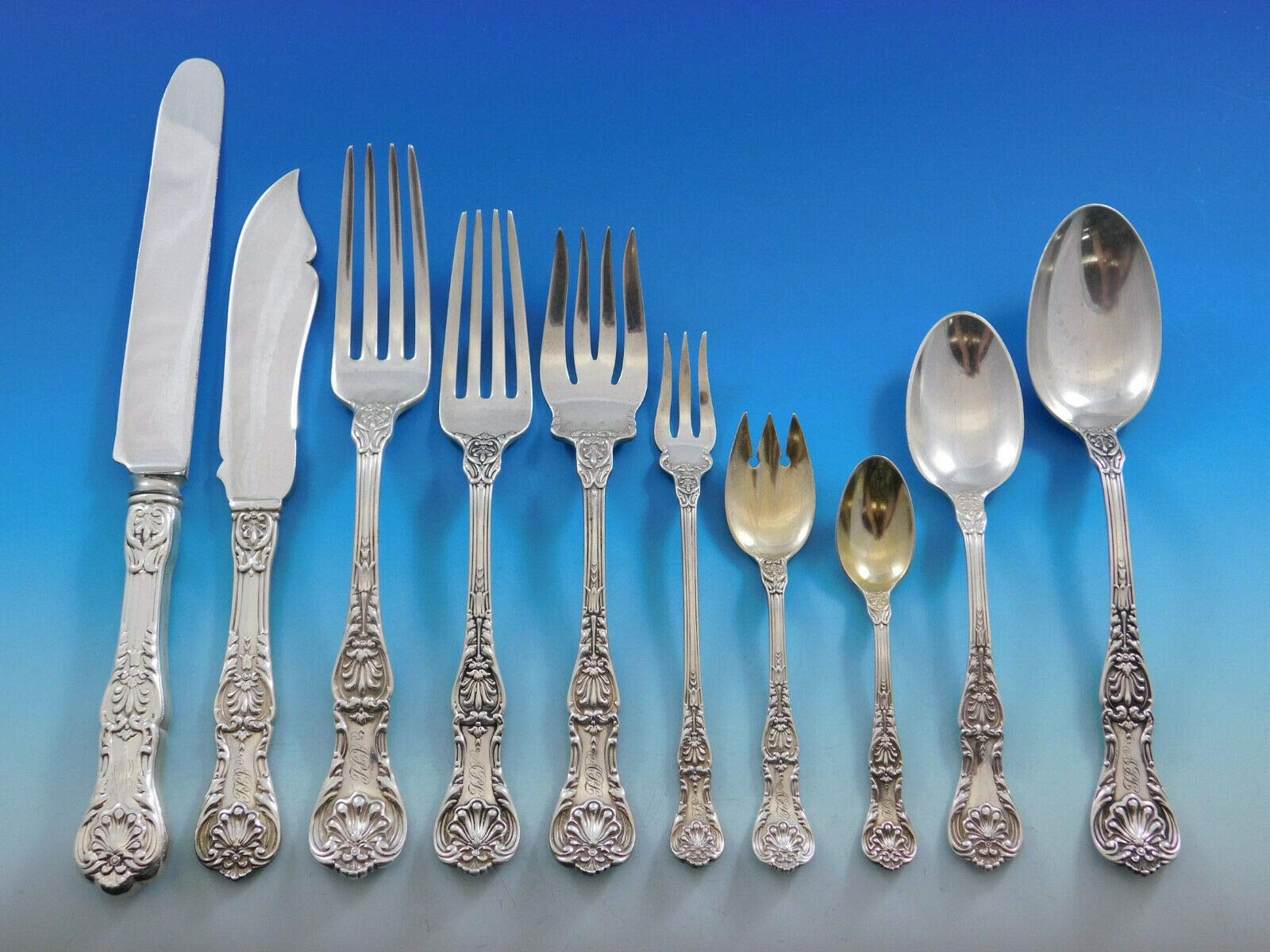
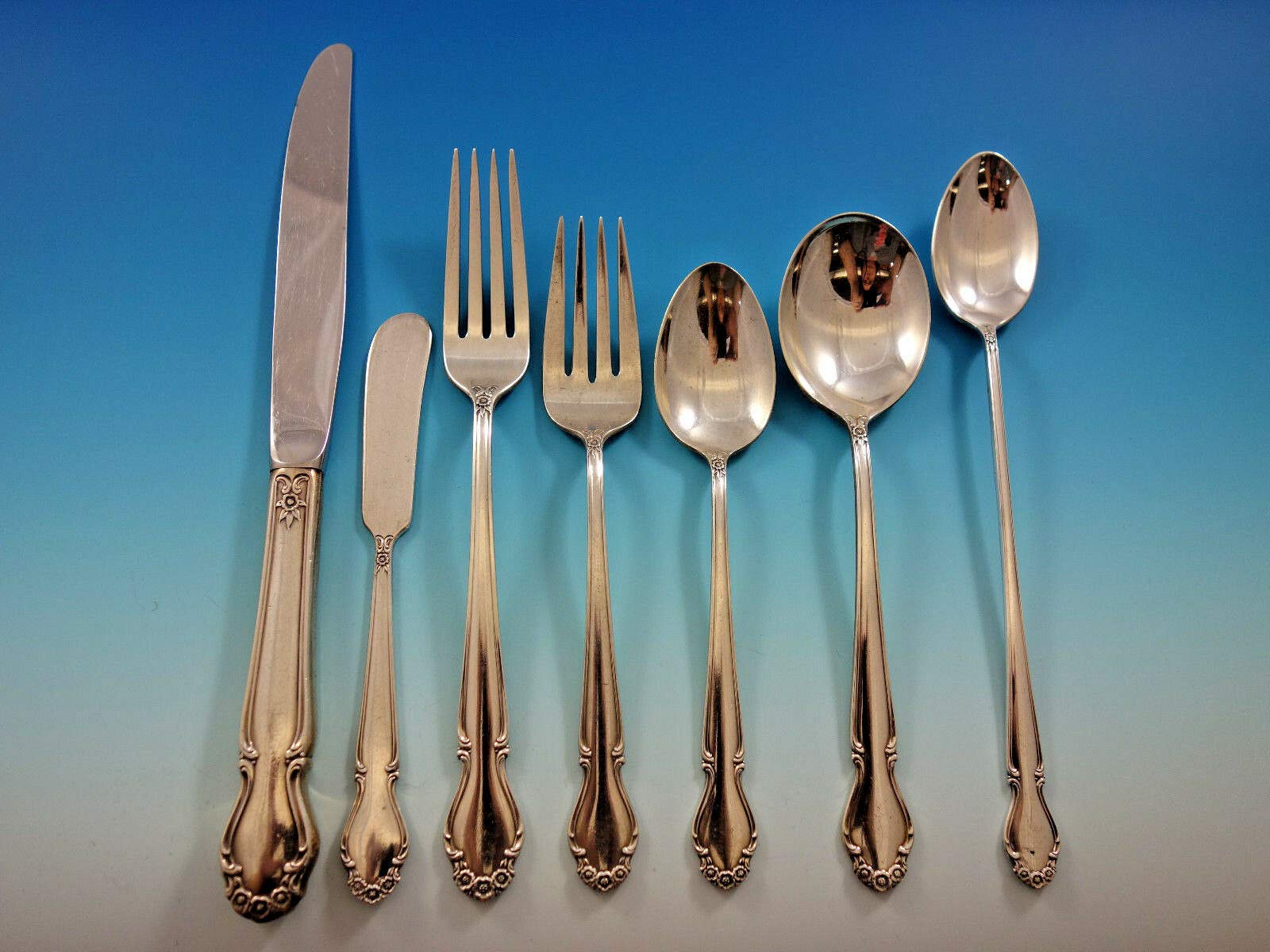
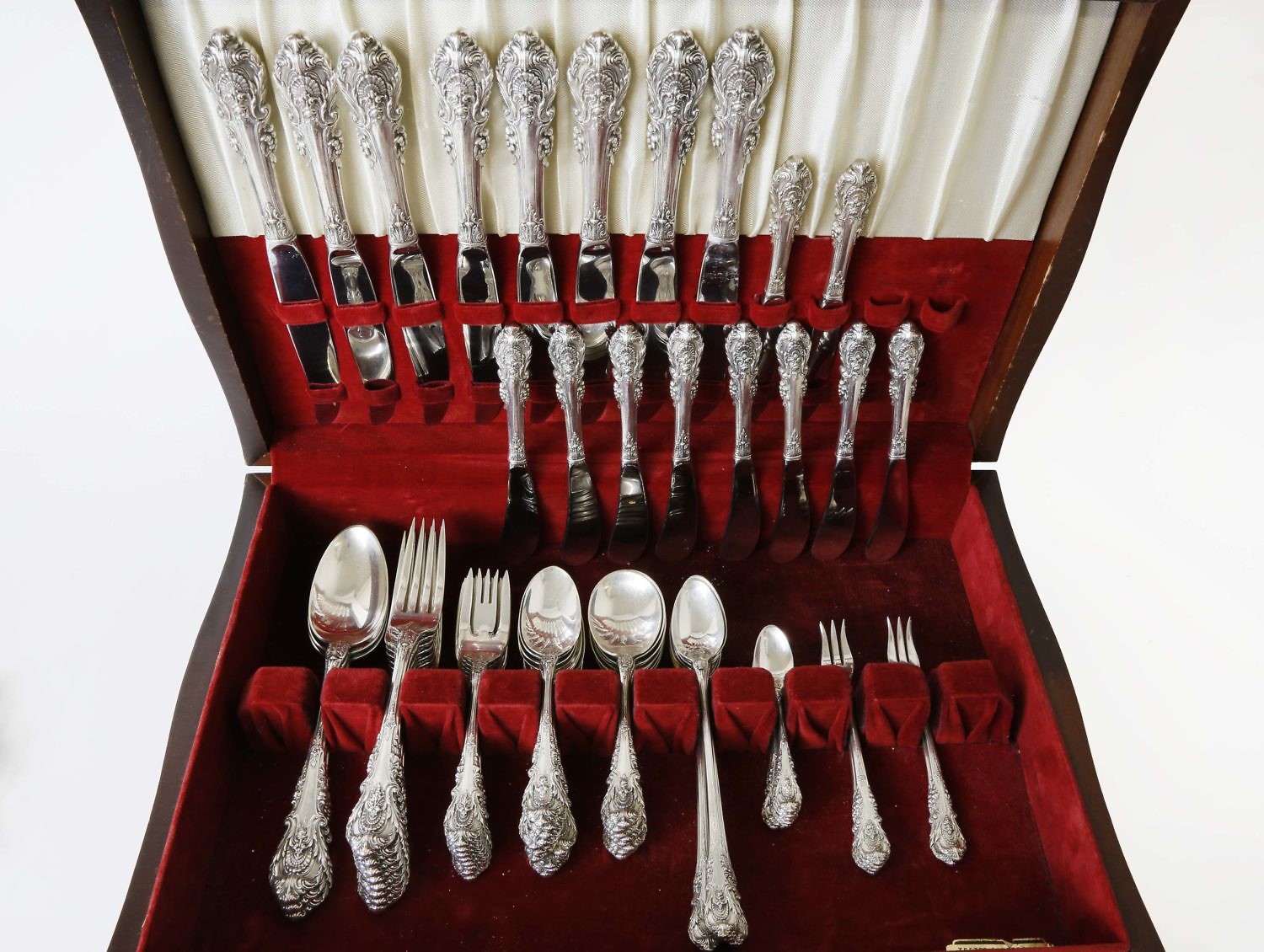
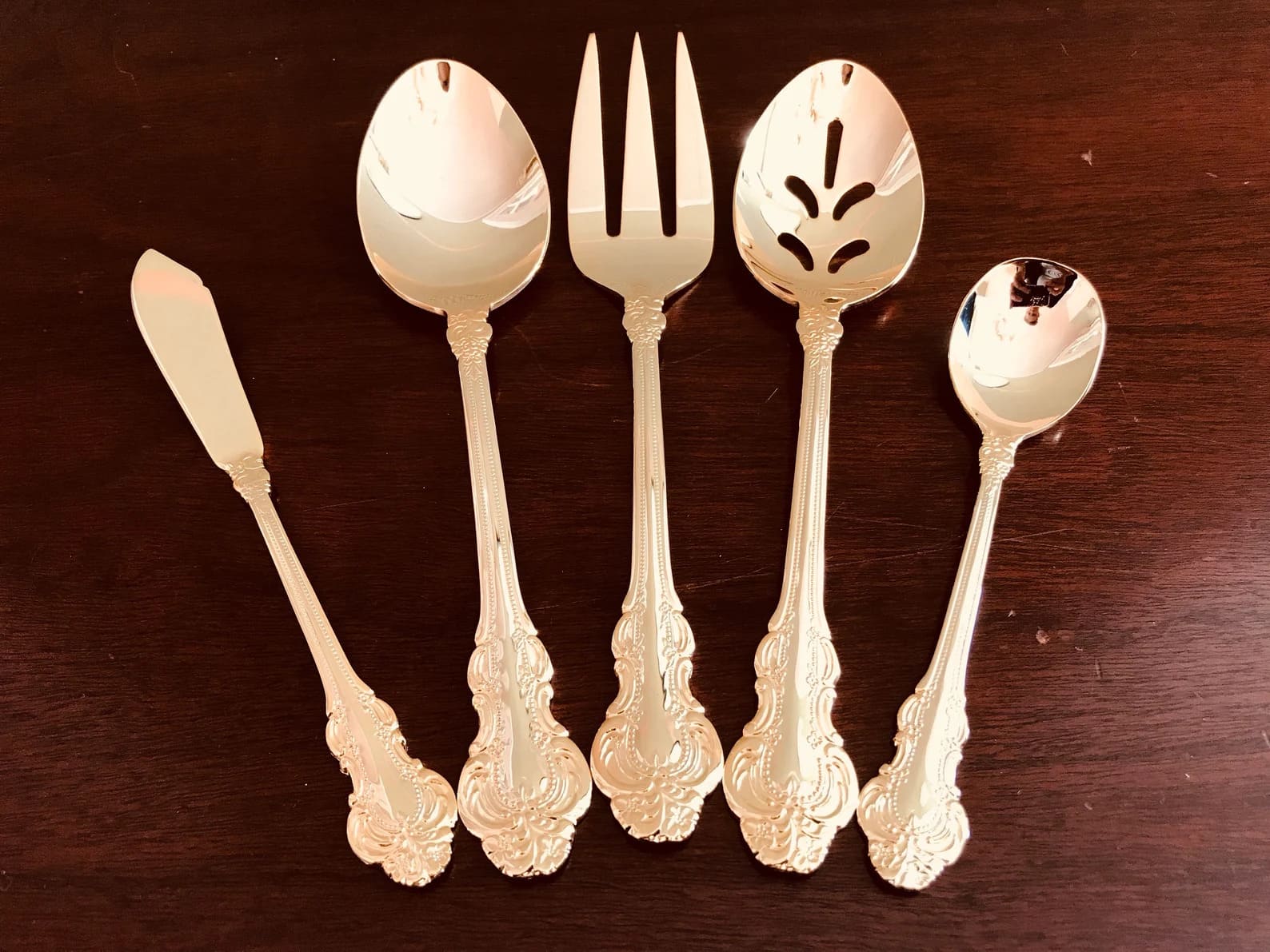
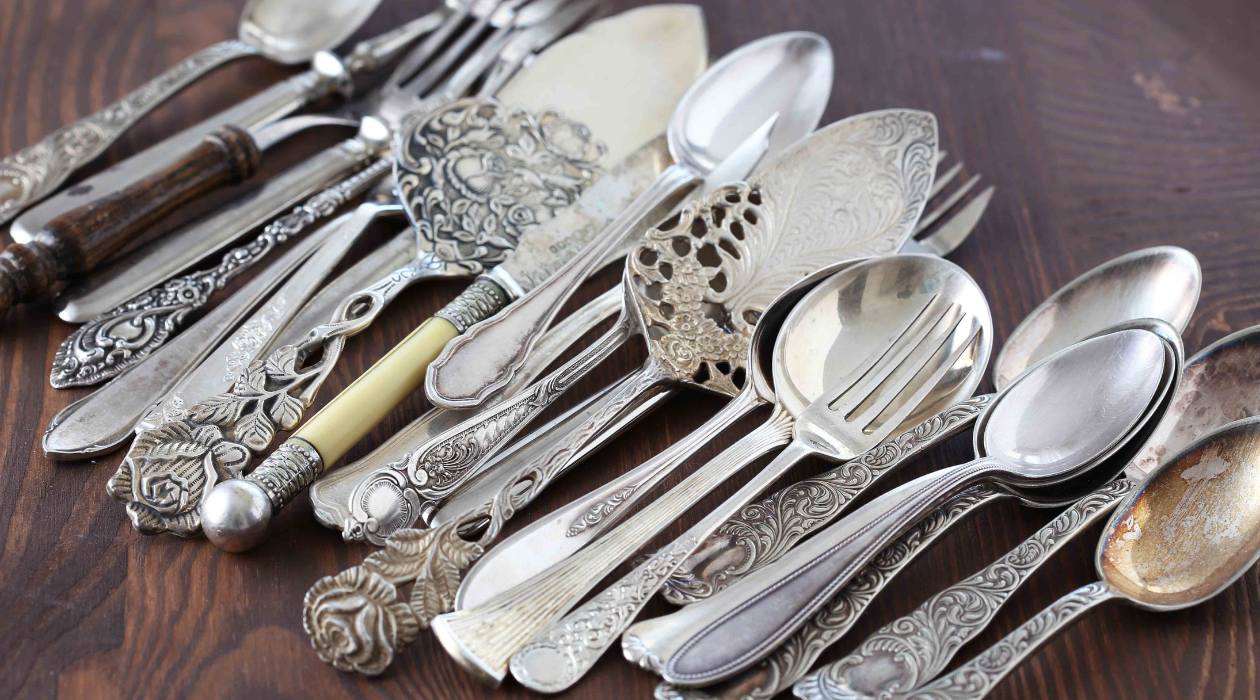
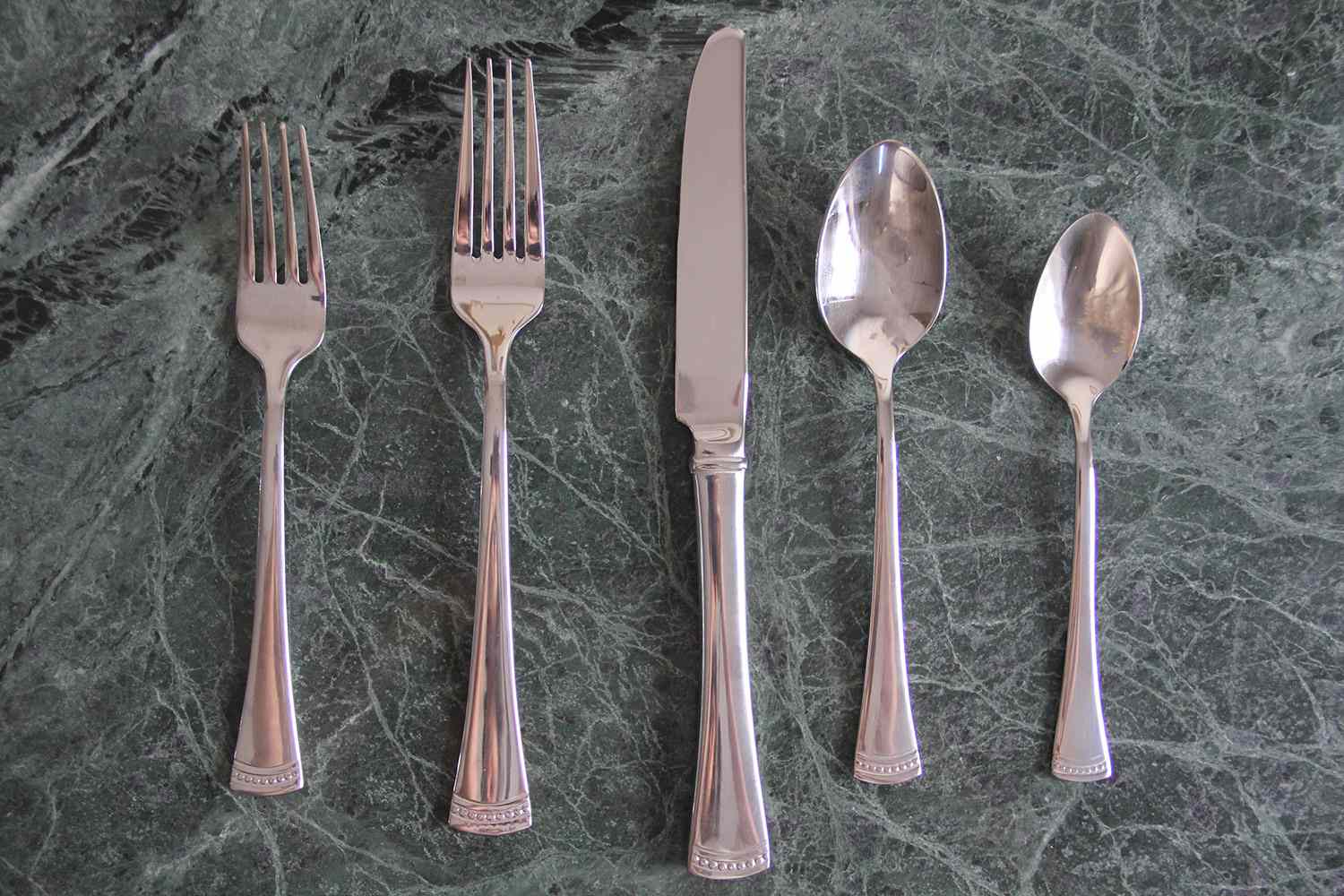
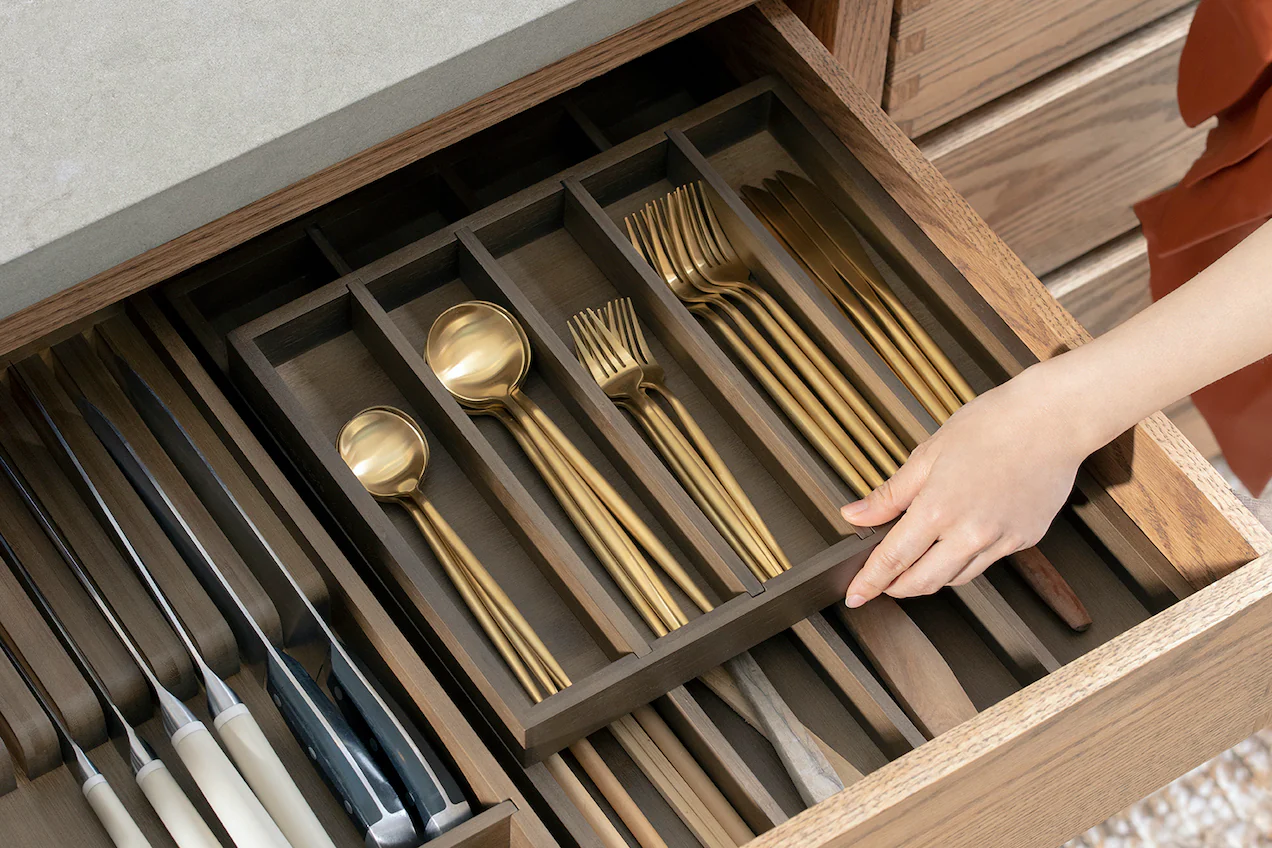
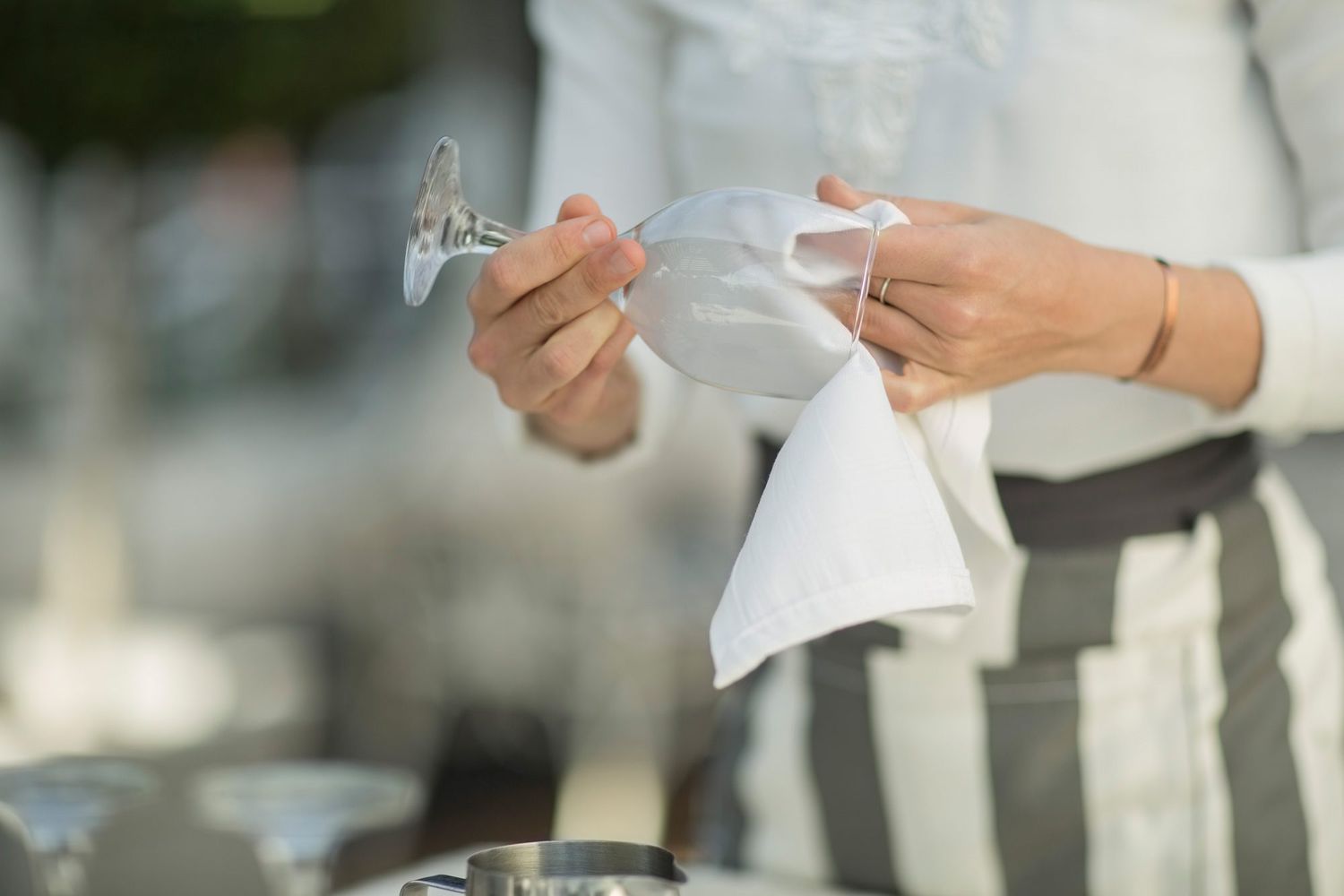
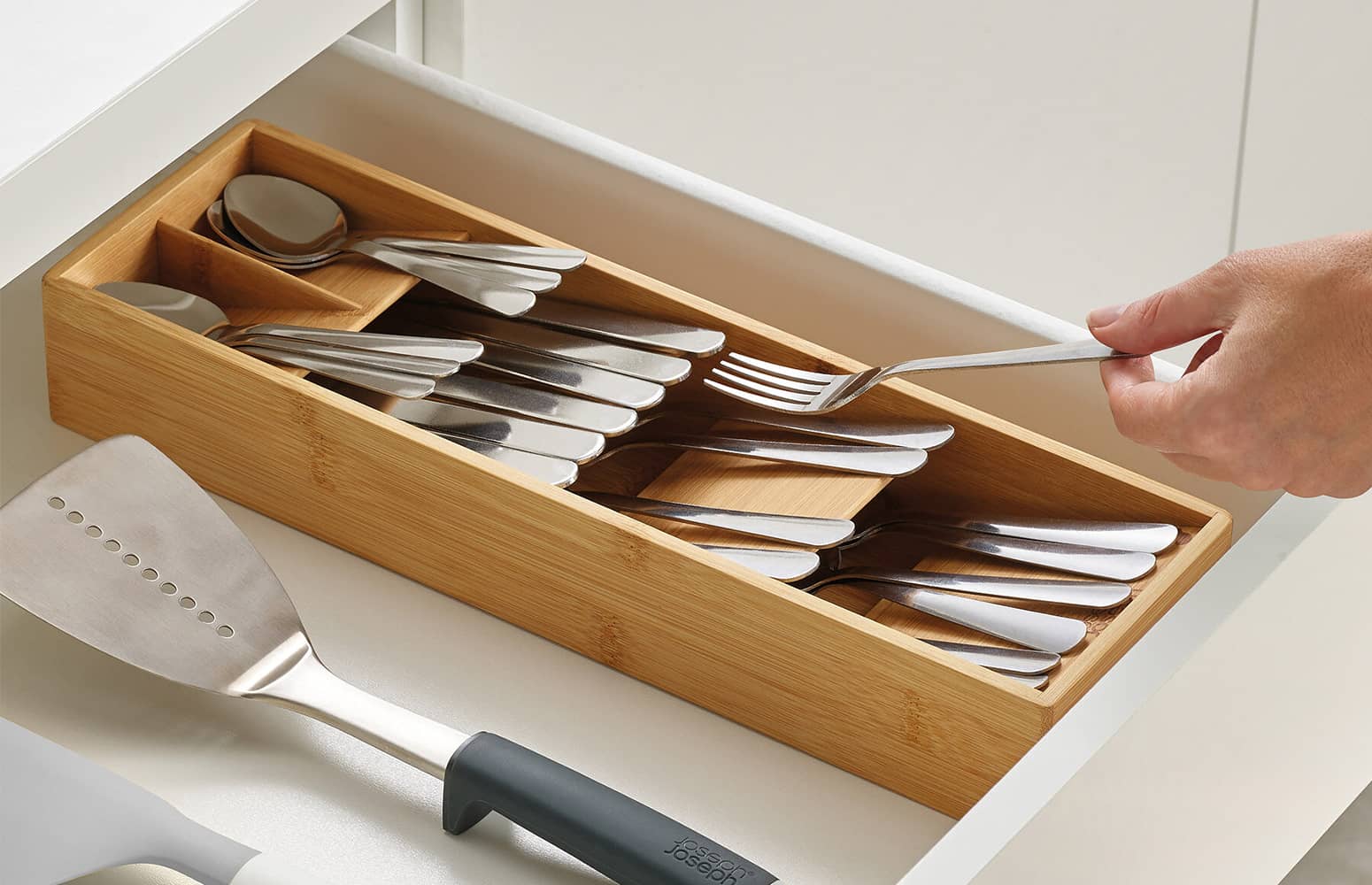
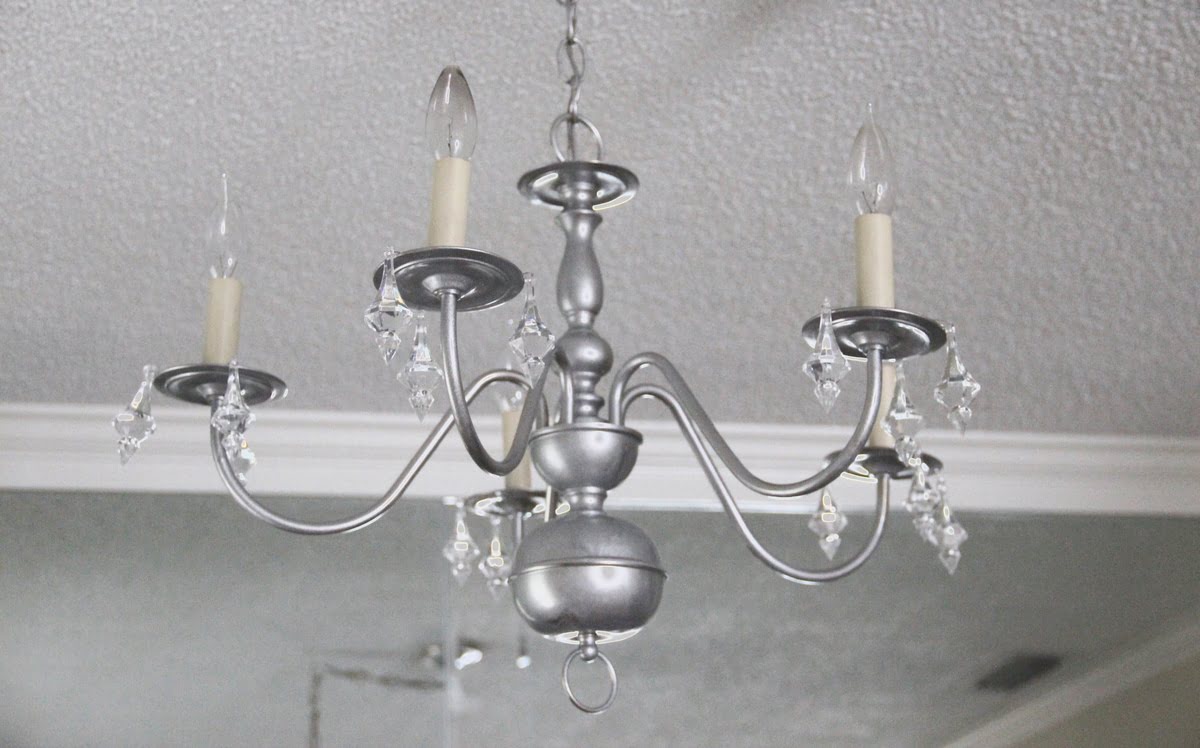

0 thoughts on “How To Polish Silver-Plated Flatware”